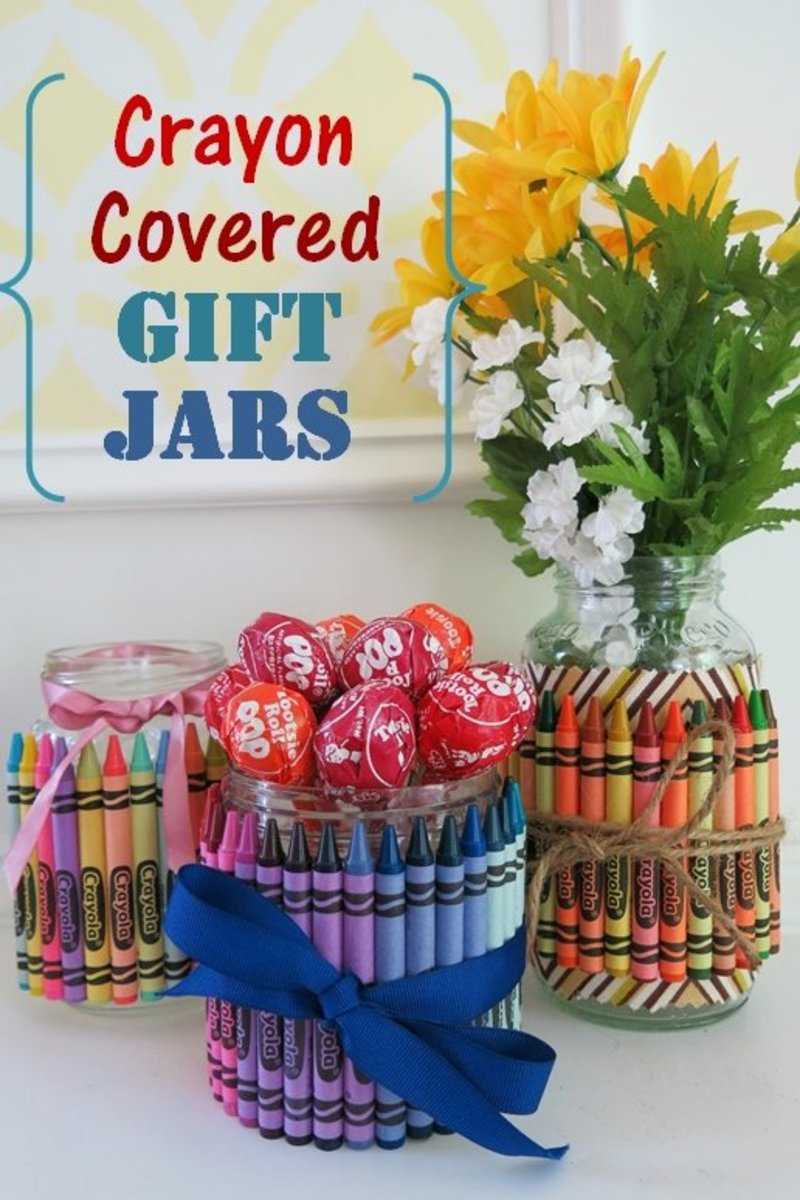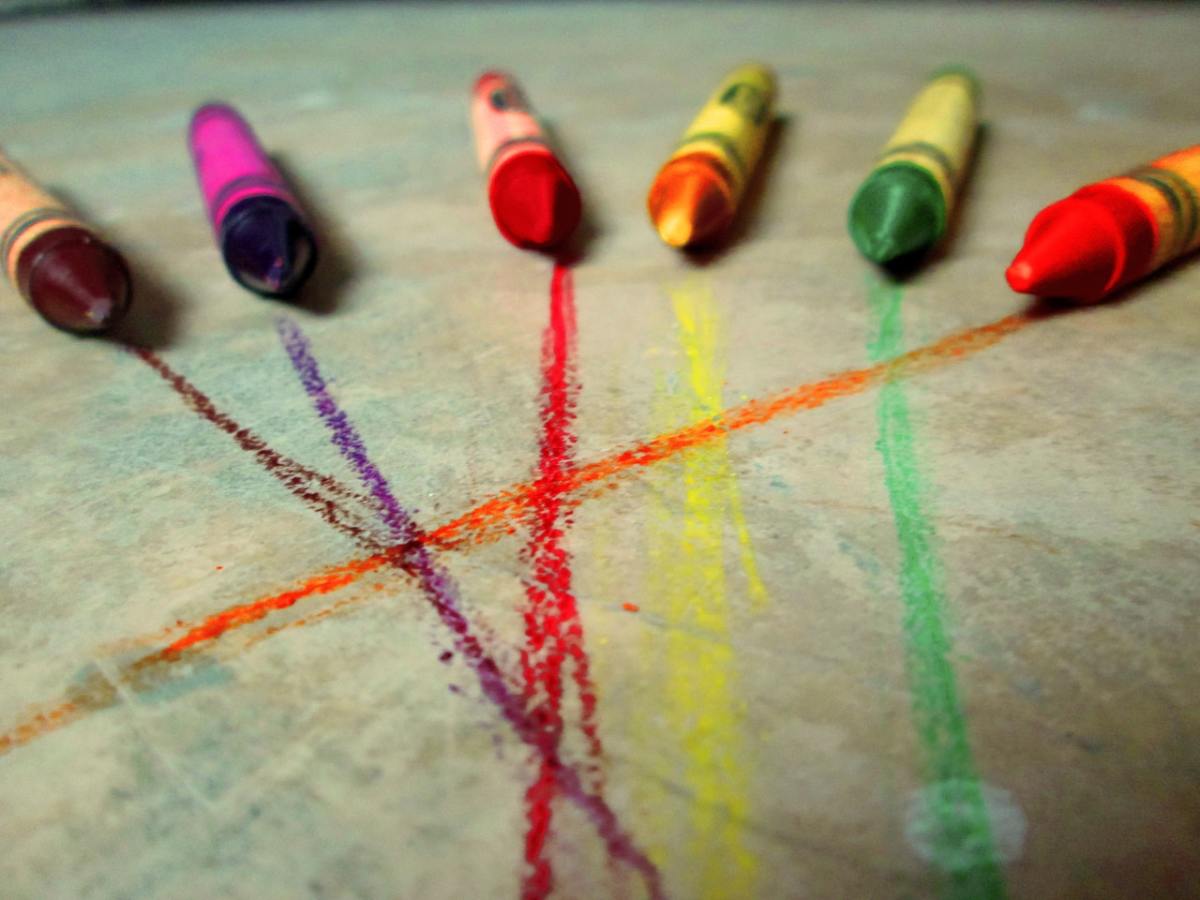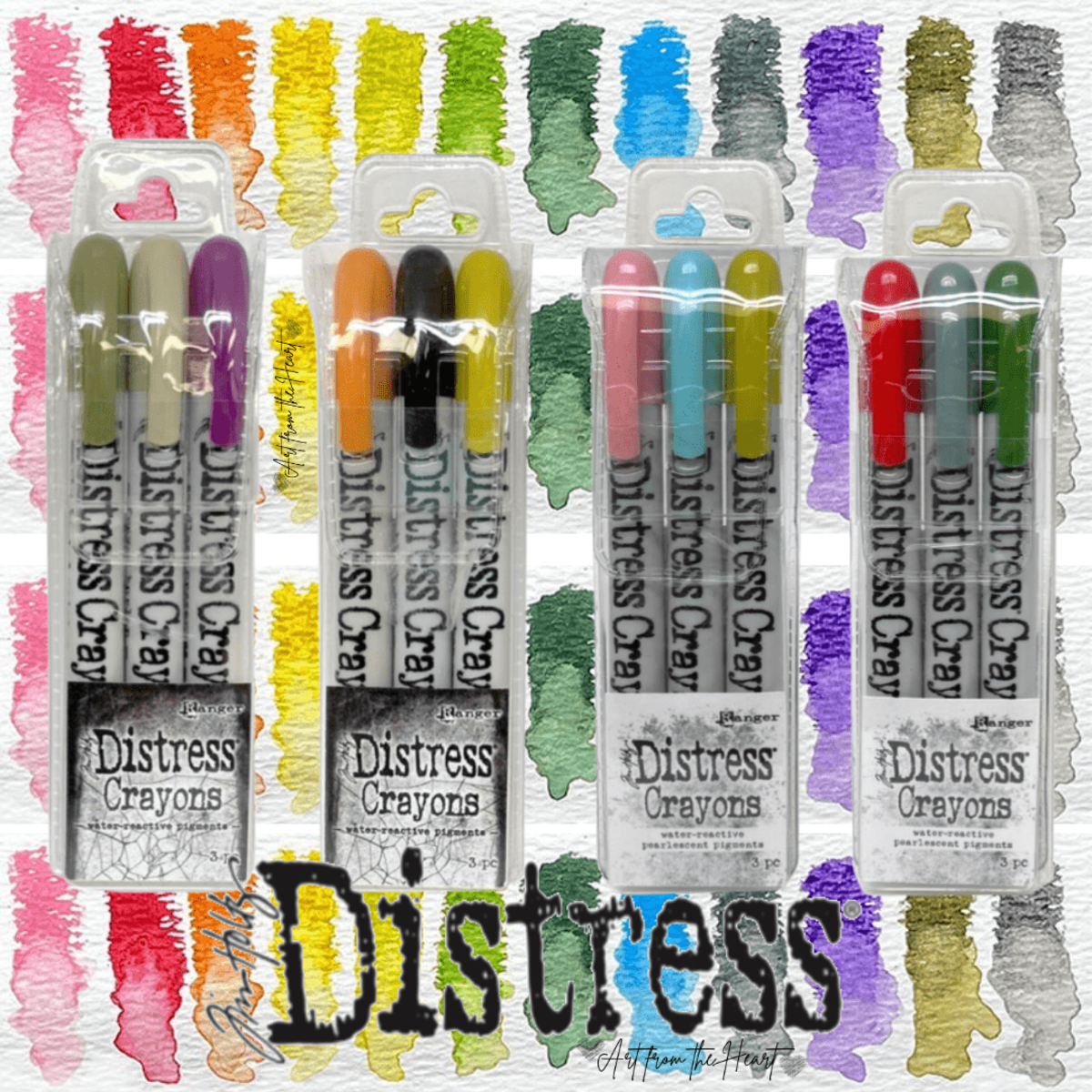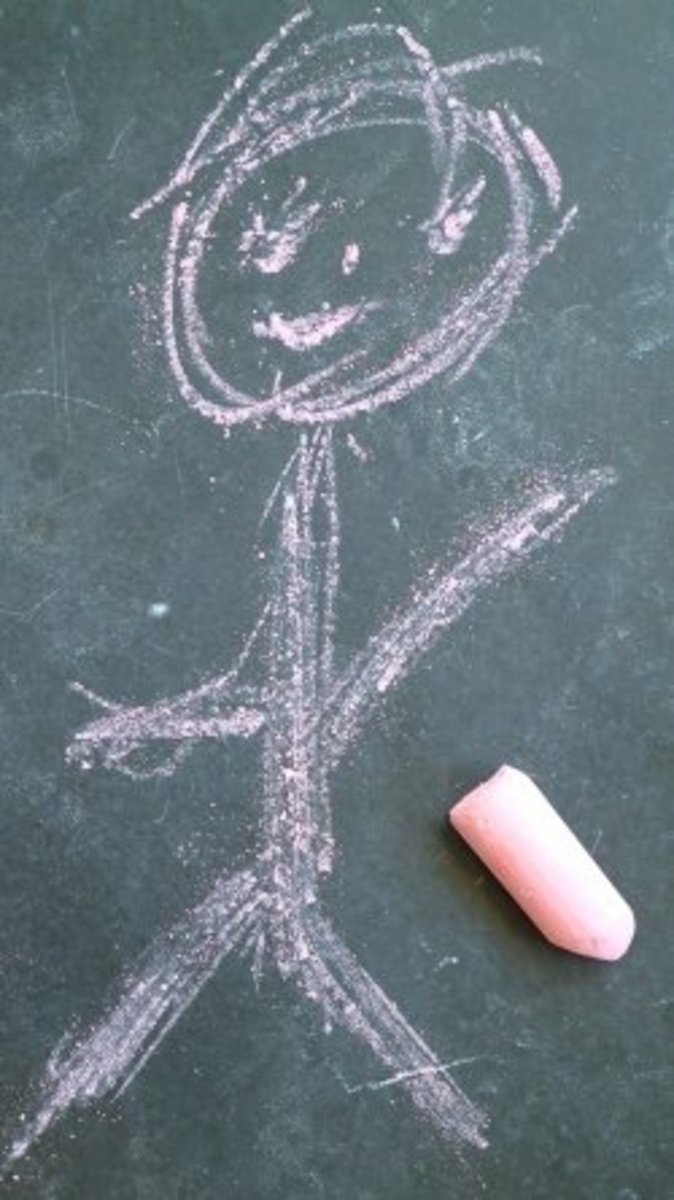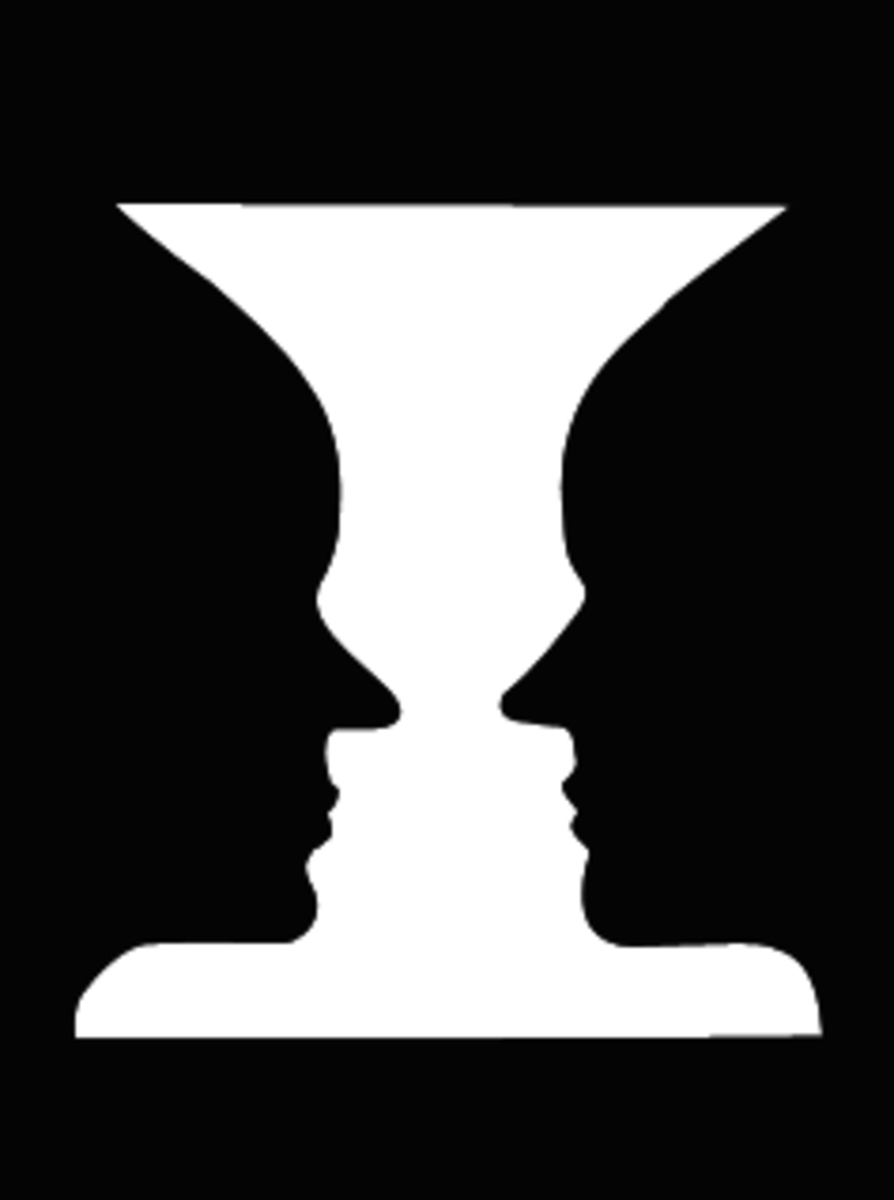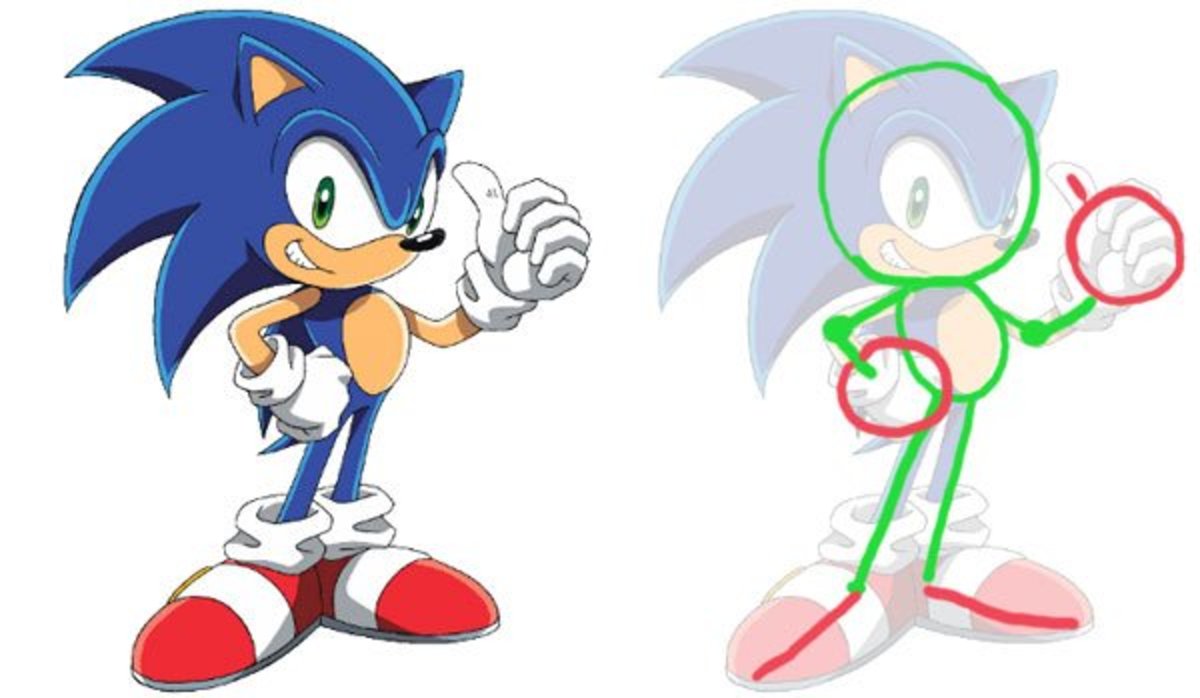The Crayola Crayon, An American Treasure
Memories
Few of us ever forget the incredible joy derived by simply coloring a picture. That feeling of achievement you get when you find that perfect color, the accolades that follow that perfect picture, and of course that bright neon yellow smiley face sticker Mrs. Rainee would put on my teddy bear picture because I colored in the lines and did not make him red and gold this time around. Well, maybe your teacher had a different name and your bear might have been a Winnie The Pooh character but regardless the feeling was probably the same. One perfectly colored picture meant the world to me back then. One thing had to be present for that perfect picture to come into existence and that one thing was a box of crayola crayons. No crayon could match the crayola for quality. Everything about them was perfect and right in line with what we needed to craft an image that mama would surely hang on the refrigerator. That alluring smell as you opened a fresh box, tips still nicely precise, all the way to the first time you had to peel back that paper because you had worn down that precision tip, it all meant something special in a way.
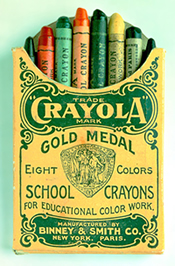
History
Crayola crayons were invented in 1902. The name is actually a combination of two words. Craie from the french word for chalk, and ola from oleaginous, meaning oily. This combination of words was the brain child of Alice Binney. So in essence crayola means oily chalk.
Founded in 1864 by Joseph W. Binney the Peekskil Chemical Works manufactured all manor of charcoal and black pigment. When Josephs son Edwin and his nephew C. Harold Smith took over the company it became Binney and Smith. This would be a combination of work that result in one of the world's most popular artistic tools, the crayon we all know and love.
In 1903 they would release a box of 8 crayola crayons for an amazing price of 5 cents. For a nickel you could own red, orange, yellow, green, blue, violet, brown and black crayons. This would be a breakthrough as the first 8 would grow in popularity until people began to request more colors to work with.
In 1958 the company introduced what we know today as the classic 64 count box. We all remember these by the built in crayon sharpener on the back of the box. The 64 count box would revolutionize the crayon industry and bring a whole new spectrum of possibility to the budding artist looking for a new means of expression.
The Company Grows
In 1984 the legendary greeting card manufacturer Hallmark Cards, Inc. would acquire Binney and Smith, including the Crayola Brand. This would be a momentous moment for a product that was already on an increasing rise in fame and popularity. In 1993 Binney and Smith would celebrate 90 years of Crayola success. This celebration was welcomed in with a new box of crayons containing 96 colors. Hard to believe that paraffin wax, stearic acid and a little colored pigment could go from 8 colors to 96.
The advent of new colors continued to fuel the purchase of Crayola brand crayons and before to long they were as common in home's as TV sets and Microwaves. For a look at just how many colors the company has churned out over the years you can look here.
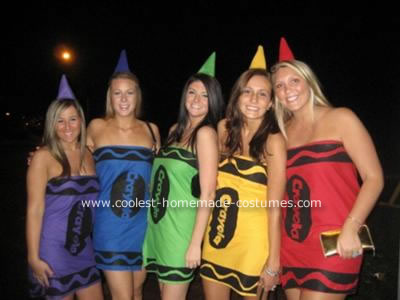
The Color of Perfection
What was your favorite crayola crayon as a kid?
Cool Facts
Today Crayola remains the stable of the crayon industry. It is the most widely recognized and celebrated crayon. It's legacy continues to grow and it's name still brings a smile to a child's face or sparks up some memory in adults. Here are some great and interesting facts about Crayola crayons you may not have known.
- In 1949 40 colors were introduced; apricot, bittersweet, blue green, blue violet, brick red, burnt sienna, carnation pink, cornflower, flesh (later changed to peach due to civil rights movement), gold, gray, green blue, green yellow, lemon yellow, magenta, mahogany, maize, maroon, melon, olive green, orange red, orange yellow, orchard, periwinkle, pine green, prussian blue (later changed to midnight blue), red orange, red violet, salmon, sea green, silver, spring green, tan, thistle, turquoise, violet blue, violet red, white, yellow green, and yellow orange.
- In 1958 16 more colors were added to the mix; aquamarine, blue gray, burnt orange, cadet blue, copper, forest green, goldenrod, Indian red, lavender, mulberry, navy blue, plum, raw sienna, raw umber, sapia, and sky blue.
- In 1972 8 fluorescent colors were added to the growing color choices; atomic tangerine, blizzard blue, hot magenta, laser lemon, outrageous orange, screamin' green, shocking pink, and wild watermelon.
- 1990 saw the introduction of 8 more fluorescent colors; electric lime, magic mint, purple pizzazz, radical red, razzle dazzle rose, sunglow, unmellow yellow, and neon carrot.
- 1990 also saw 8 traditional colors retired to the Crayola Hall Of Fame; green blue, orange red, orange yellow, violet blue, maize, lemon yellow, blue gray, and raw umber. These colors were replaced by; cerulean, vivid tangerine, jungle green, fuchsia, dandelion, teal blue, royal purple, and wild strawberry.
- In 1991 the retired crayons were introduced in a limited run of 1 million boxes called the Crayola 8.
- In 1993 16 new colors were added, this time they were named by buyers of the Crayola brand; asparagus, cerise, denim, granny smith apple, macaroni and cheese, mauvelous, pacific blue, purple mountain majesty, razzmatazz, robin's egg blue, shamrock, tickle me pink, timberwolf, tropical rain forest, tumbleweed and wisteria.
- The average American child will have worn down 730 crayola crayons by the time they turn 10 years old.
- The scent of crayola crayons is one of the top 20 scents recognised by American adults.
- 2 billion crayons are produced each year. If you placed them end to end they would circle the globe 4 and a half times.
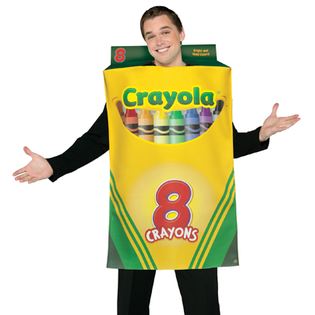
Wrapping it Up
It is hard to believe that something as simple as a crayon can be so amazing. As children we look at it as more of a toy. With age it grows into an artistic tool. To date there are countless colors and hues that make up the Crayola world of color, each it's own little piece of perfection. The brand extends it's line every year through quality checks and customer feedback. I always note that the Crayola brand is environmentally conscience and takes care to maintain that thought frame in their work endeavors.
My fondest memory of crayola would be growing up. I recall sitting with my mamaw doing an art project on the weekends. It was one of those moments that was so simple and trivial that has managed to embed itself into my memories. To this day she still keeps several boxes of crayola crayons in her home so the grand kids and great grand kids can make those memories that I still cherish to this very day. Those crayola boxes are just waiting for more memories to be made.

